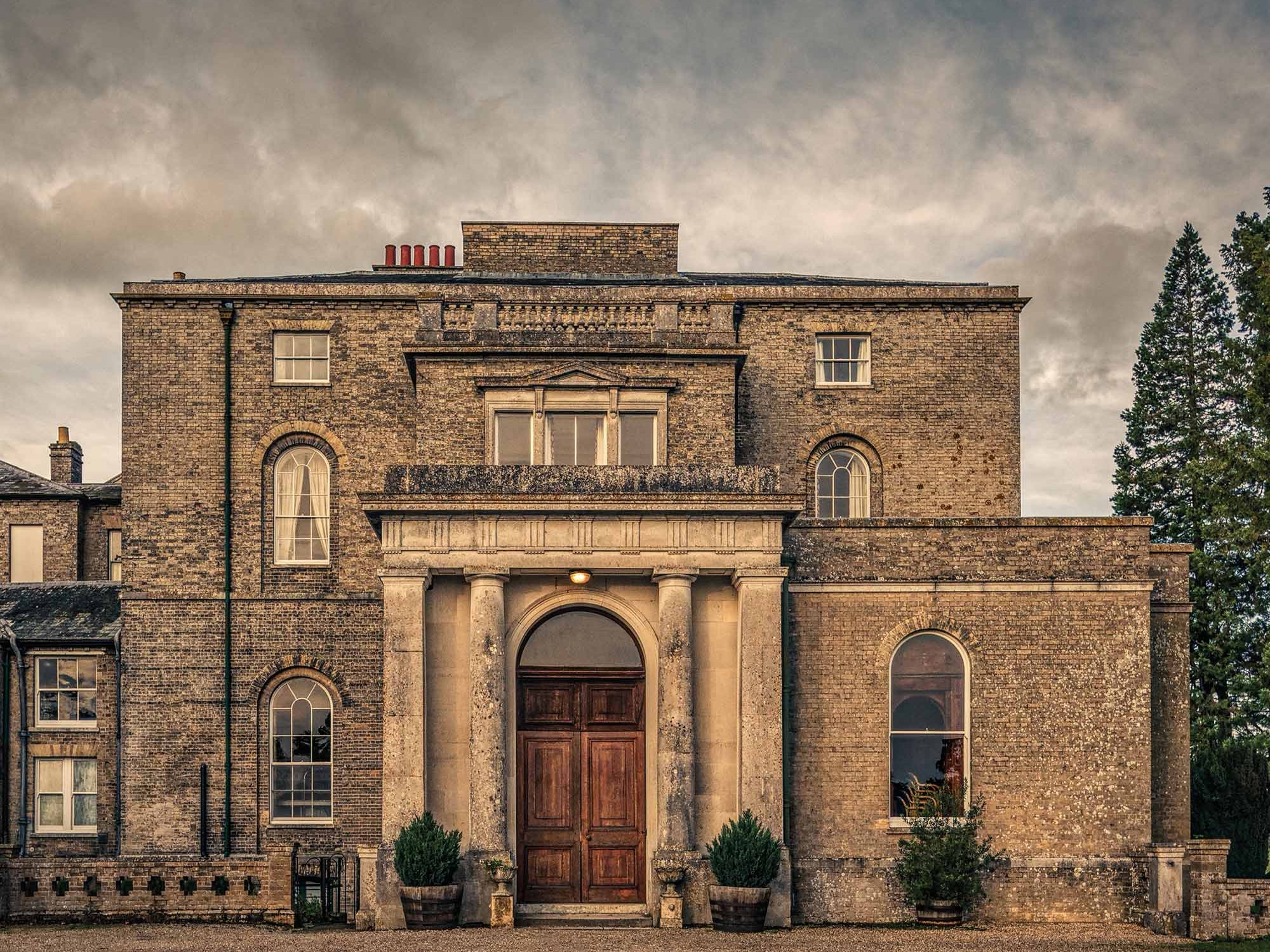
A timeless treasure with a tale to tell
Exploring the fascinating past and future of Letton Hall, an architectural marvel steeped in stories, secrets and splendour
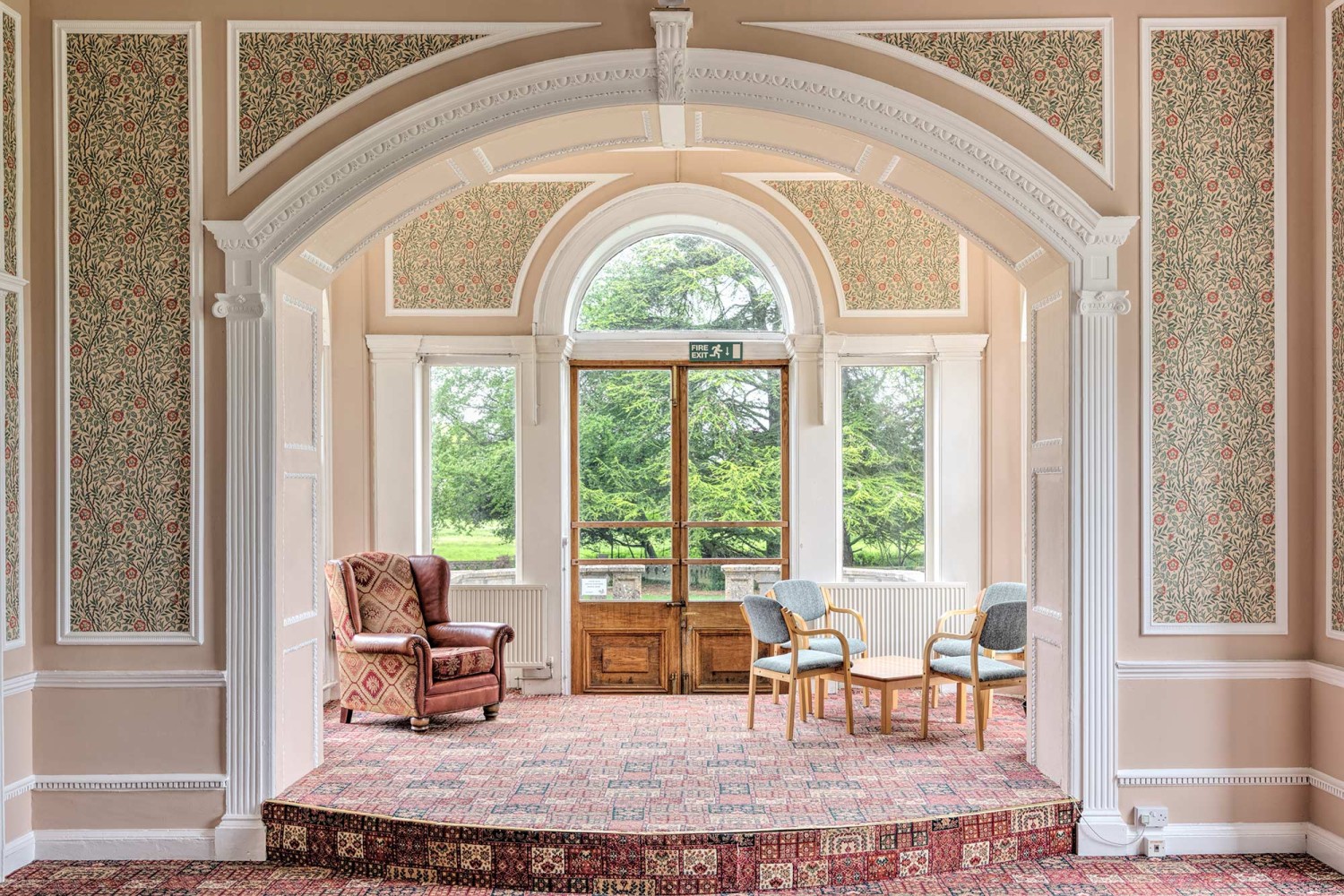
Nestled near the charming village of Shipdham in the heart of rural Norfolk, Letton Hall stands as one of our county’s most enchanting hidden architectural gems. Designed by the esteemed Sir John Soane, this enthralling Grade II* listed stately home holds a rich tapestry of history woven with everything from opulent family gatherings and grand renovations to agricultural prosperity, wartime secrets and modern developments.
The story of Letton Hall began in 1783 when Brampton Gurdon Dillingham sought to establish an impressive family residence on his countryside estate following a poignant love affair, marriage and the birth of his daughter. This ambitious project marked the first domestic commission of the ingenious Sir John Soane, who convinced the affluent aristocrat to demolish rather than alter the existing Old Hall he’d inherited that year.
Renowned for his Neoclassical style, inspired by a travelling scholarship in Italy, Soane invested an incredible level of detail into the endeavour, producing precise structural drawings, models and beautiful perspective watercolours to envision a refined Georgian villa for his client. Infused with many of the architect’s signature elements, such as elegant proportions, innovative use of light, and intricate detailing, the new Letton Hall was constructed over a period of six years. It stood as a symbol of Dillingham’s status and heralded the start of Soane’s illustrious career, which saw him go on to become Architect to The Bank of England, a Professor at the Royal Academy of Arts and one of Britain’s most distinguished architectural designers.
Letton Hall remained with the Gurdon family for 130 years, passing through several generations and providing a charming backdrop for formal dinners, lavish parties, business meetings and important life events. Robert Thornhagh Gurdon inherited the estate in 1881 and hired prominent Norwich architects Edward Boardman and Son to undertake major renovations, adding an elegant clock tower, a thatched summerhouse, and remodelling the gardens. Bertram Francis Gurdon took over in 1889 and enlisted Boardman to conduct further alterations, including the extension of Soane’s sumptuous symmetrical library to create a billiards room. Changes were also made to the hall’s façade, with the addition of an entrance porch, balustraded galleries and decorative features reflecting the Victorian penchant for grandeur.
Letton Hall left the Gurdons in the early 20th century when Bertram decided to auction the property and move to his family estate in Woodbridge, Suffolk. The grand Soane house was purchased in July 1914 by Arthur Weiner Gordon, a Scottish bachelor and shipping director who moved in after World War One. He upgraded the hall’s utilities and later married Marie Josephine Webber, a young French woman who introduced her own touches, installing what was likely Norfolk’s first bidet in her bathroom.
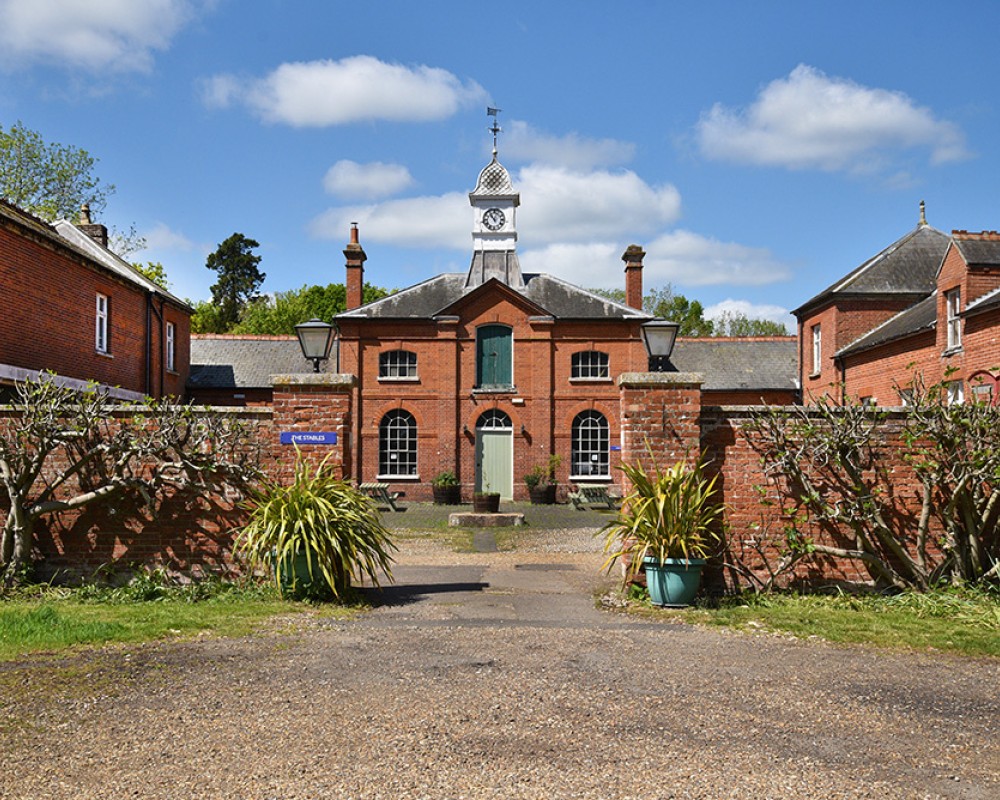
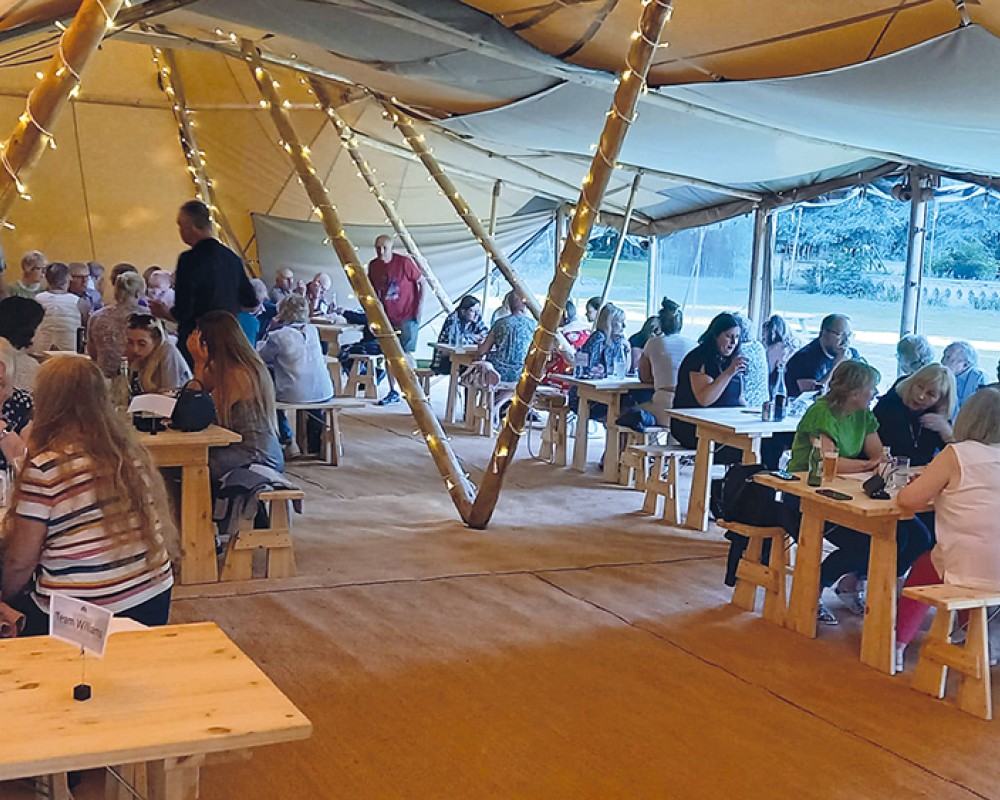
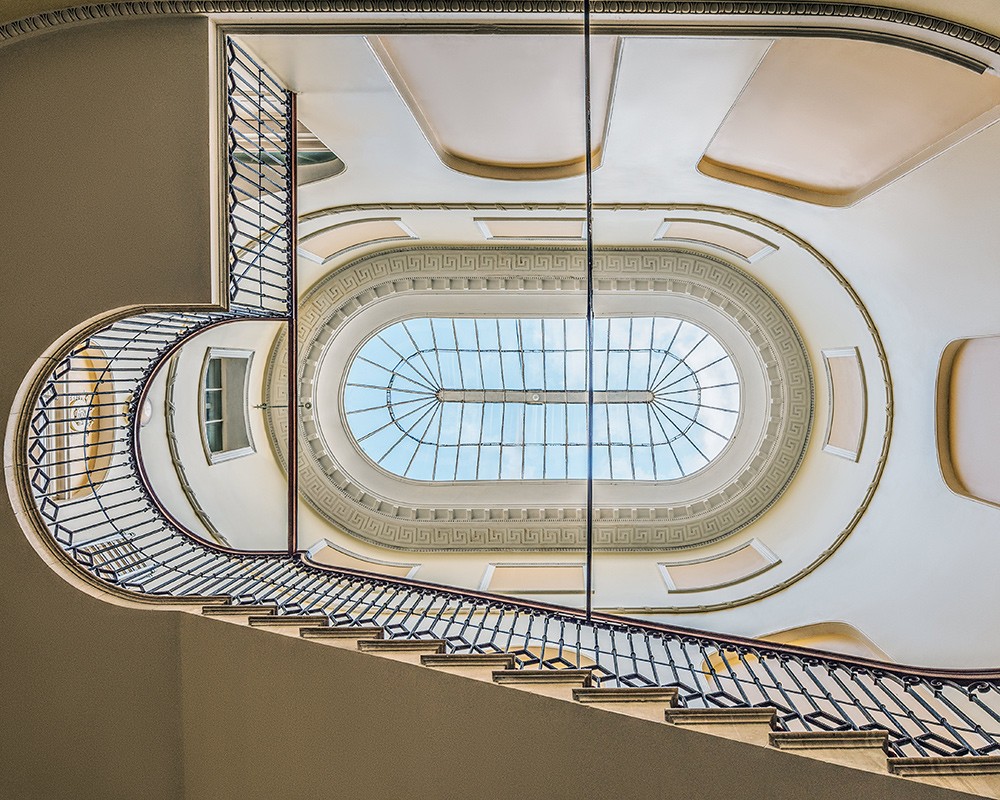
The Gordons lived comfortably at Letton until the property was requisitioned during World War Two, serving primarily as a Royal Army Service Corps (RASC) base and returning to the couple post-conflict. Devastated by the sorry state of the damaged estate they’d once cherished, the Gordons sold it to George Eglington, a skilled Norfolk farmer who turned it into a successful agricultural enterprise known for breeding Welsh Pigs and Polled Friesian Cattle. The walled kitchen garden was preserved and thrived, producing an abundance of exotic fruits including peaches, nectarines and apricots. There was also a melon pit, a mushroom farm, a vinery, a potting shed and a carnation house which flourished alongside the site’s arable and livestock activities. SS Eglington Ltd. still farm the remainder of the estate, but the family vacated the house after George Eglington’s death, and it was put up for sale.
In 1979, Peter Carroll purchased Letton Hall and its remaining ten acres of gardens with the vision of creating a conference and activity centre. Despite the tragic loss of his wife Mary shortly after their arrival, Carroll persevered and established the Letton Hall Trust in 1980. The Trust took ownership of the estate in 2008, continuing Carroll’s work and opening a new chapter in the property’s history.
Today, Letton Hall is a centre for community and spiritual activities, hosting conferences, youth camps, and school trips and providing a valuable space for reflection.
“We take pride in preserving the beauty and heritage of this glorious listed building while offering a serene setting for those seeking inspiration, education or an escape from everyday life,” says resident Centre Manager Jon Horrox, who looks after the facilities at Letton Estate with a group of dedicated staff and volunteers. “It’s a treasure with a rich history that resonates with so many people, and several groups we welcome each summer have been coming to us for decades.”
Due to pressures like rising prices, limited funding and the need for major roof repairs, the future of Letton Hall is steeped in uncertainty. Nonetheless, Jon and his passionate team are determined to keep the stunning retreat open for those who cherish its healing qualities.
“Our operational costs have surged since the pandemic and we’ve come close to closure on a few occasions,” Jon explains. “Instead of giving up we’ve risen to the challenge by hosting an array of exciting fundraising events for the public to enjoy. From dramatic murder mystery dinners and delightful afternoon teas to fun quiz nights and much more, there’s something for everyone.”
A captivating piece of the past playing a valuable role in the present, Letton Hall is truly special. Discover more about this intriguing estate and its future events by visiting www.lettonhall.org
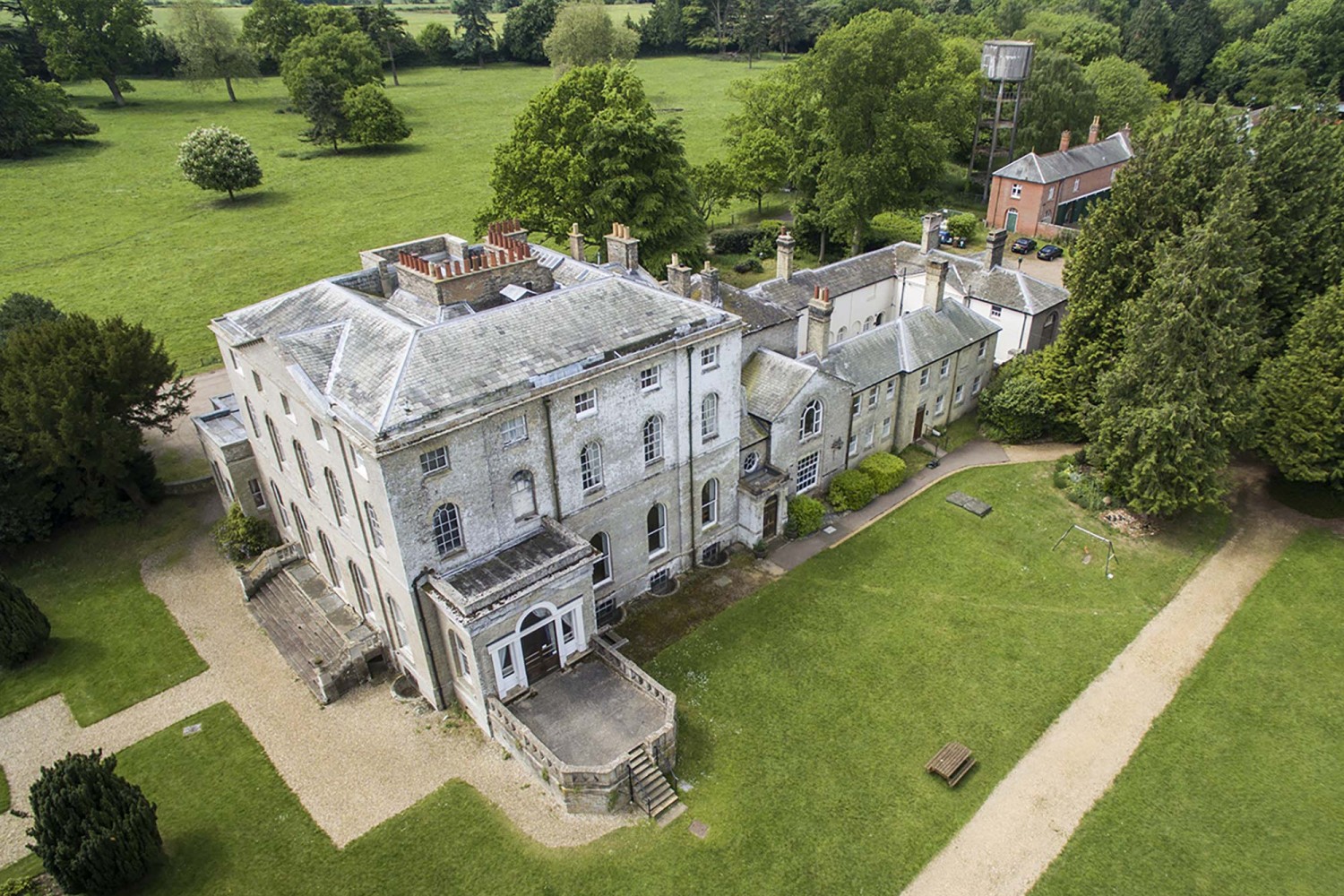
PICTURE: ©OSPREY PHOTOGRAPHY
